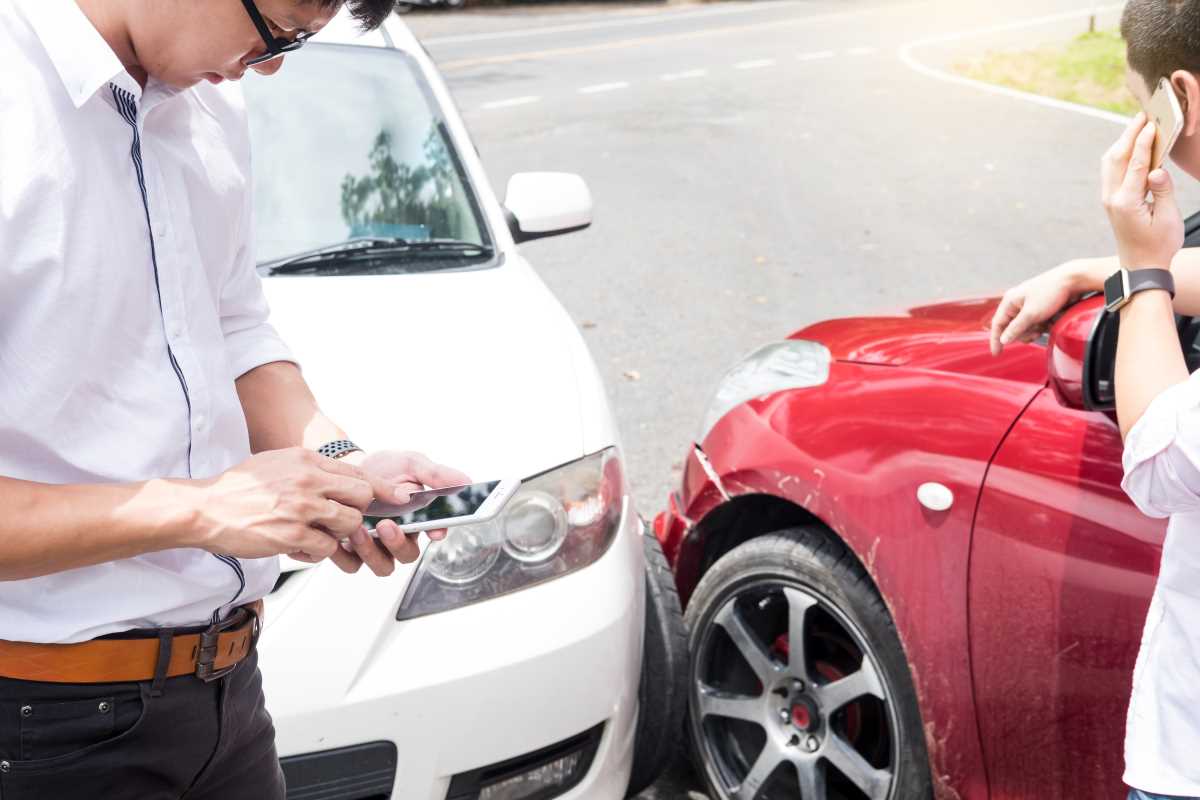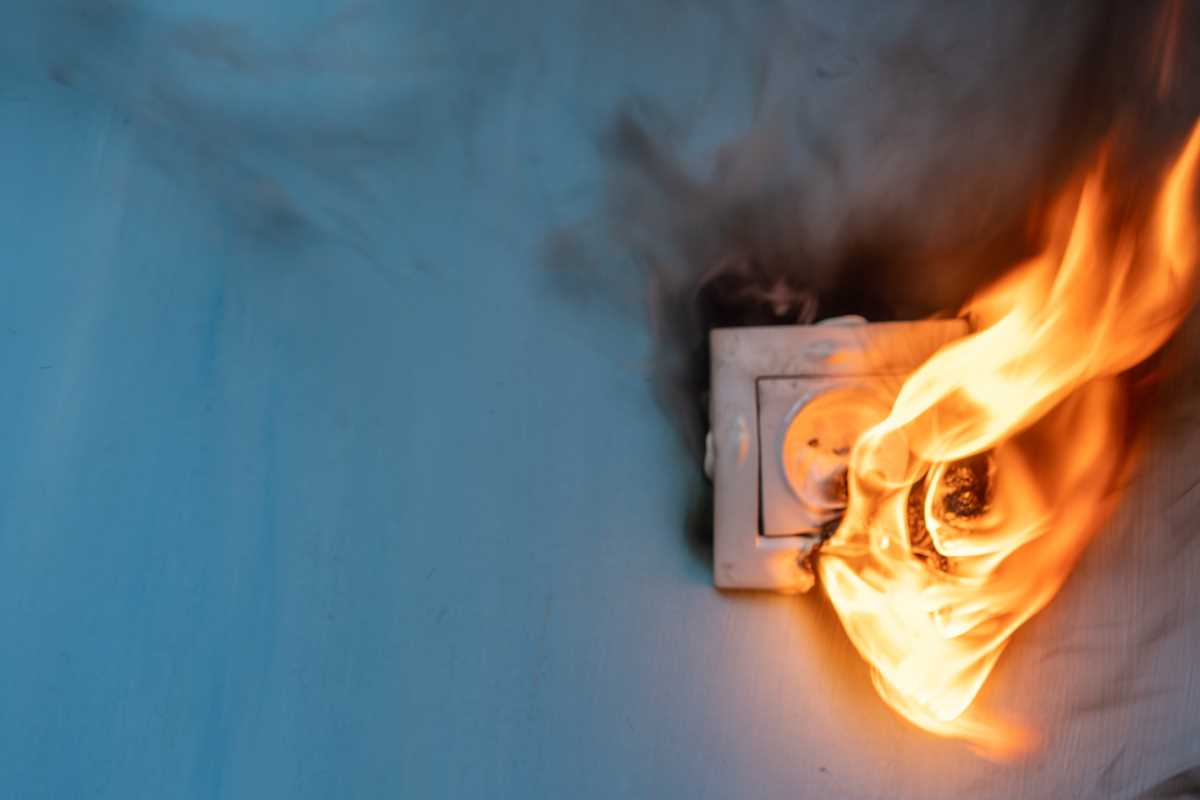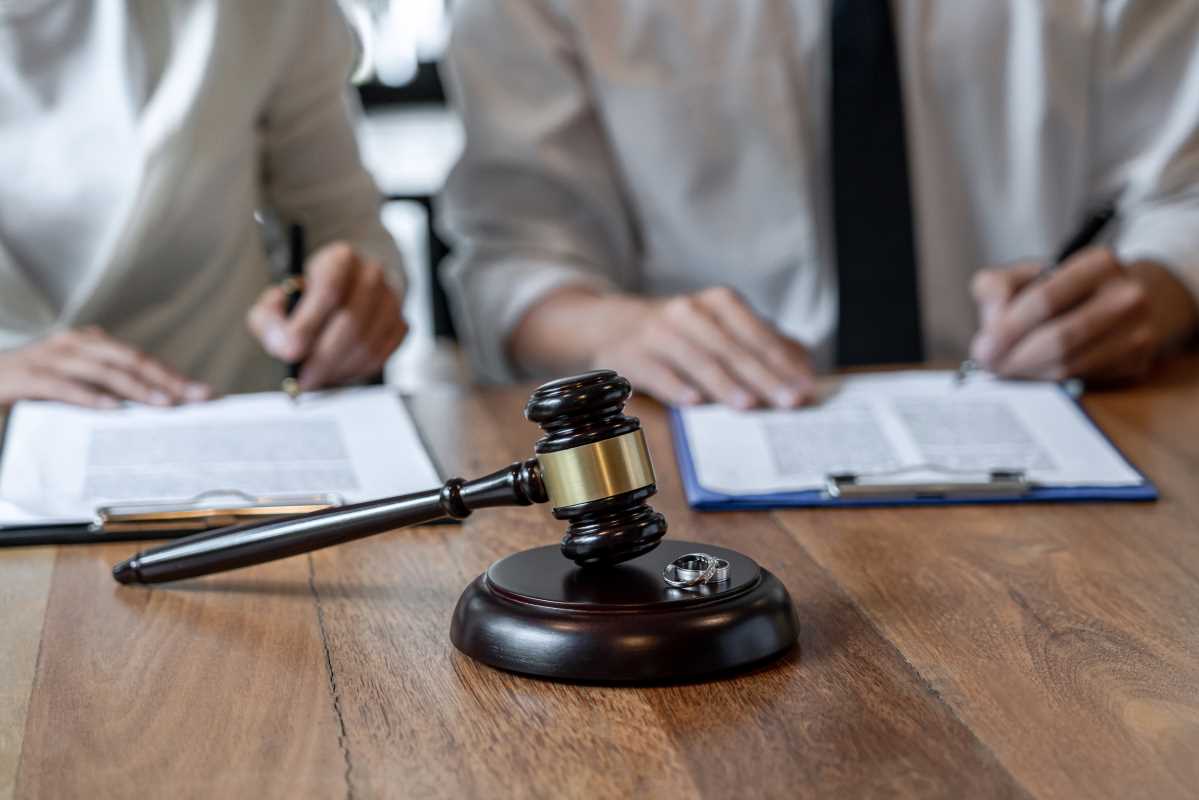Getting into an accident with an uninsured driver can upend your whole life. Recovering after a crash is hard enough without worrying about how to pay for car repairs, medical expenses, or lost income. Unfortunately, not every driver on the road carries the required insurance, and this can make securing compensation for your damages more complicated. The good news is that there are steps you can take to protect yourself and recover the money you need. Here are some ways to pursue compensation after being hit by an uninsured driver, helping you regain control of your situation.
Assess the Damage and Gather Information
The first step in pursuing compensation after an accident involves documenting the details and understanding the extent of the damage. Immediately after the crash, check yourself and others for injuries. Call emergency services if anyone is seriously hurt so that proper medical attention arrives quickly.
Taking photographs of the damaged vehicles, the accident scene, and any visible injuries is essential. Get close-up shots to show specific problems, like broken headlights or dented doors, and wide-angle images to capture the full context of the scene. Evidence like this strengthens your case and helps establish fault.
Exchange contact information with the at-fault driver, even if they don’t have insurance. Focus on gathering their name, phone number, license plate number, and any other identifying details. Avoid heated arguments or confrontations. Stay composed and stick to factual discussions.
Speaking with witnesses is equally important. Ask them for their contact details in case you need their statements later. Witness testimonies carry weight, especially when responsibility for the accident is under dispute.
File a Police Report
Filing a police report documents the accident officially and creates an unbiased account of what occurred. Police officers at the scene typically record essential details such as the time, date, and location of the crash. They also determine fault based on the evidence and statements provided.
Afterward, request a copy of the police report for your records. This document becomes a crucial piece of evidence when filing claims or pursuing legal action. Without it, proving fault or securing compensation may become more challenging.
Check Your Insurance Policy
Reviewing your auto insurance coverage after an uninsured driver hits you can uncover options for recovery you might not have realized. Policies often include provisions like uninsured motorist (UM) or underinsured motorist (UIM) coverage designed specifically for situations like this.
Uninsured Motorist Coverage
Uninsured motorist coverage protects you financially when the at-fault driver lacks insurance altogether. It may cover medical expenses, lost wages, and car repairs, depending on your policy limits.
Imagine an uninsured driver runs a red light and totals your vehicle. If your policy includes $50,000 in UM coverage, you can file a claim with your insurer to cover these costs. Keep in mind that, in some areas, this coverage is optional, so not all policies have it.
Underinsured Motorist Coverage
Unlike UM coverage, UIM coverage applies when the at-fault driver’s insurance exists but isn’t enough to cover your damages. If your claim totals $75,000 and the other driver’s policy only covers $25,000, UIM coverage can make up the remaining $50,000.
After the crash, contacting your insurance provider promptly allows you to confirm the kind of coverage you have. Ask the adjuster detailed questions about coverage limits, exclusions, and what steps you need to take to file a claim.
Further information about uninsured motorist policies can be found through the Insurance Information Institute, which offers tools for understanding auto insurance basics and consumer rights.
Explore State Compensation Programs
Many states have compensation programs to assist victims of uninsured or hit-and-run drivers. Called Uninsured Motorist Funds (UMFs) or similar names, these programs provide financial relief to drivers with qualifying cases. They typically cover medical bills and other damages if you cannot recover money through a standard insurance claim.
For eligibility, you may need to show proof that the at-fault driver lacked insurance and that you were not at fault. Filing deadlines vary by state, so acting quickly strengthens your chances of securing funds.
Check with your local Department of Motor Vehicles (DMV) or an equivalent agency to determine whether your state offers these programs.
File a Civil Lawsuit
Sometimes the only way to recover compensation is through legal action. Suing the uninsured driver allows you to pursue payment for your injuries, lost income, and other financial losses directly. To do this effectively, consult with a personal injury attorney experienced in handling auto accident cases.
Before filing a lawsuit, make sure to:
- Collect as much evidence as possible, including photos, the police report, and witness statements.
- Obtain medical records detailing your injuries and their associated expenses.
- Document any income loss due to missed work.
Lawsuit outcomes are influenced by the uninsured driver’s financial situation. If they lack the resources to pay a judgment, collecting compensation becomes difficult unless additional legal tools, such as wage garnishment, are employed. A qualified lawyer can help you evaluate whether a lawsuit is worth pursuing and identify alternative solutions if needed.
Tap Into Additional Insurance Avenues
Other types of insurance policies could cover damages depending on the situation. Health insurance may cover medical treatment for injuries caused by an uninsured driver. While this won’t address vehicle damage, it can significantly reduce the financial burden of medical bills.
Collision coverage on your auto policy might also help, covering repair or replacement costs regardless of fault. Remember that collision insurance often requires paying a deductible upfront, so weigh the benefits of filing this claim against the total repair costs.
If you were driving a rental car, check the rental agreement for added insurance coverage. Many rental companies offer protections that may step in during disputes with uninsured drivers.
Keep Communication Records
Maintaining detailed documentation of all communications related to the accident ensures facts are clear and disputes are easier to resolve. Record phone calls, save emails, and request copies of all correspondence with your insurance company, the at-fault driver, and legal representatives. Noting the timing and nature of these conversations helps demonstrate due diligence.
Be Proactive About Legal Deadlines
Every state has laws called statutes of limitations that limit the time you have to file a claim or lawsuit after an accident. These deadlines vary depending on the type of claim you’re filing but often fall between one to three years. Missing these deadlines bars you from pursuing compensation, so act quickly to protect your rights. Consulting with an attorney early in the process ensures you stay on track to meet deadlines and avoid administrative hurdles that could delay your claim.
This information does not constitute legal or financial advice. Please consult a qualified professional for advice tailored to your specific situation.
 (Image via
(Image via





